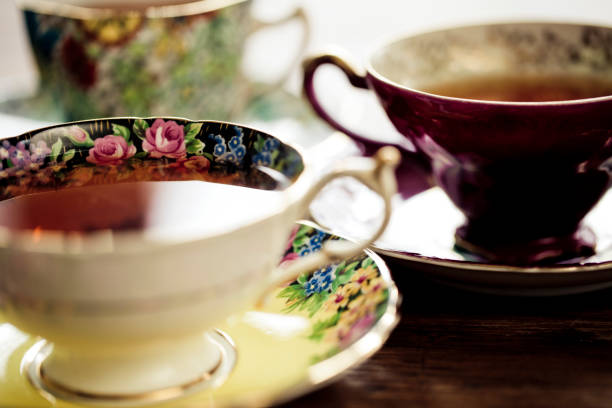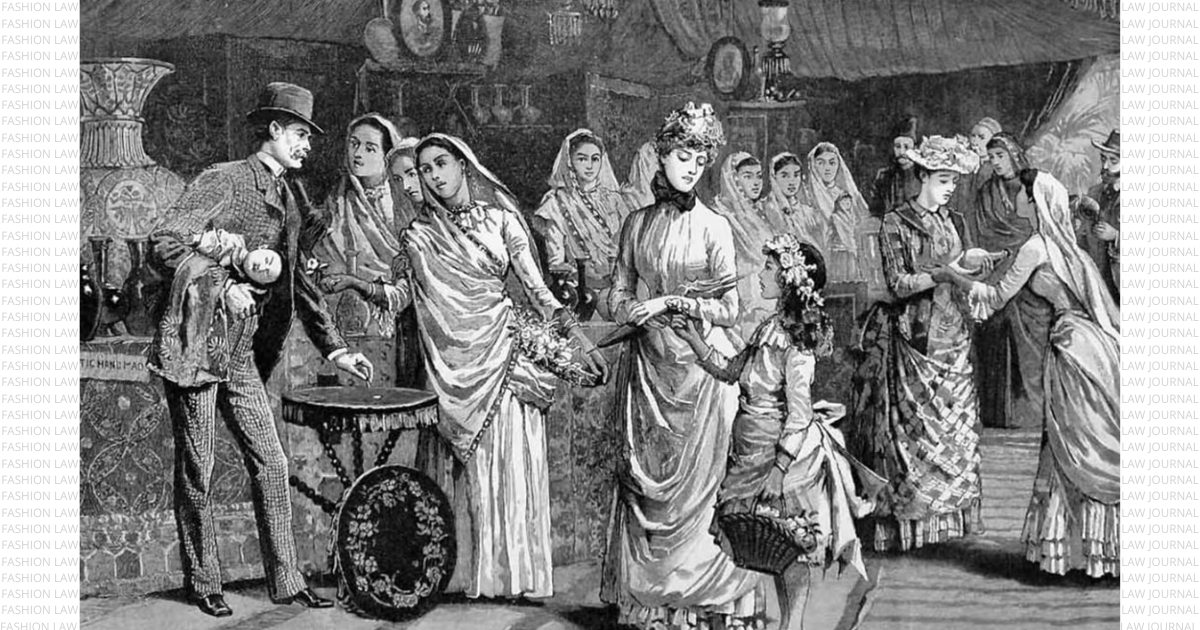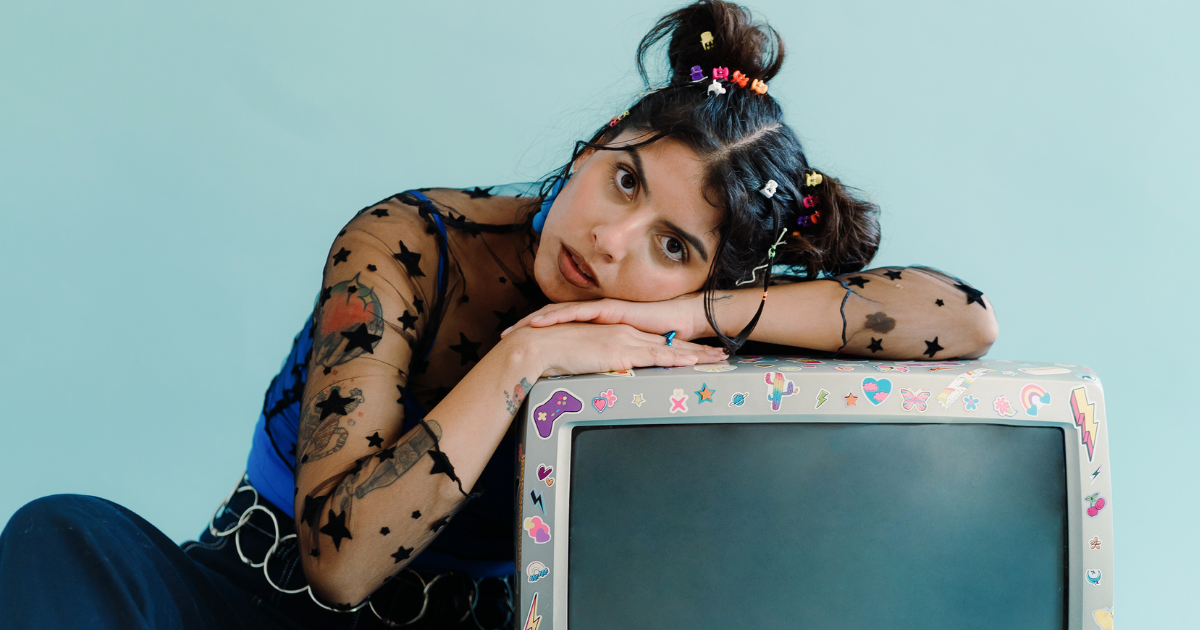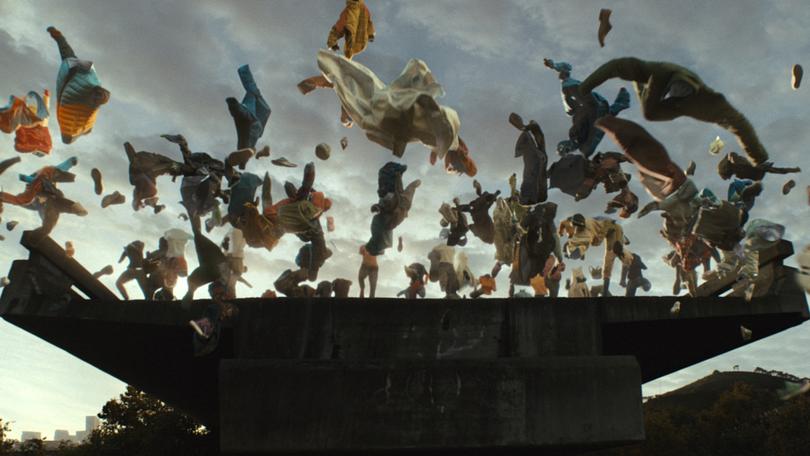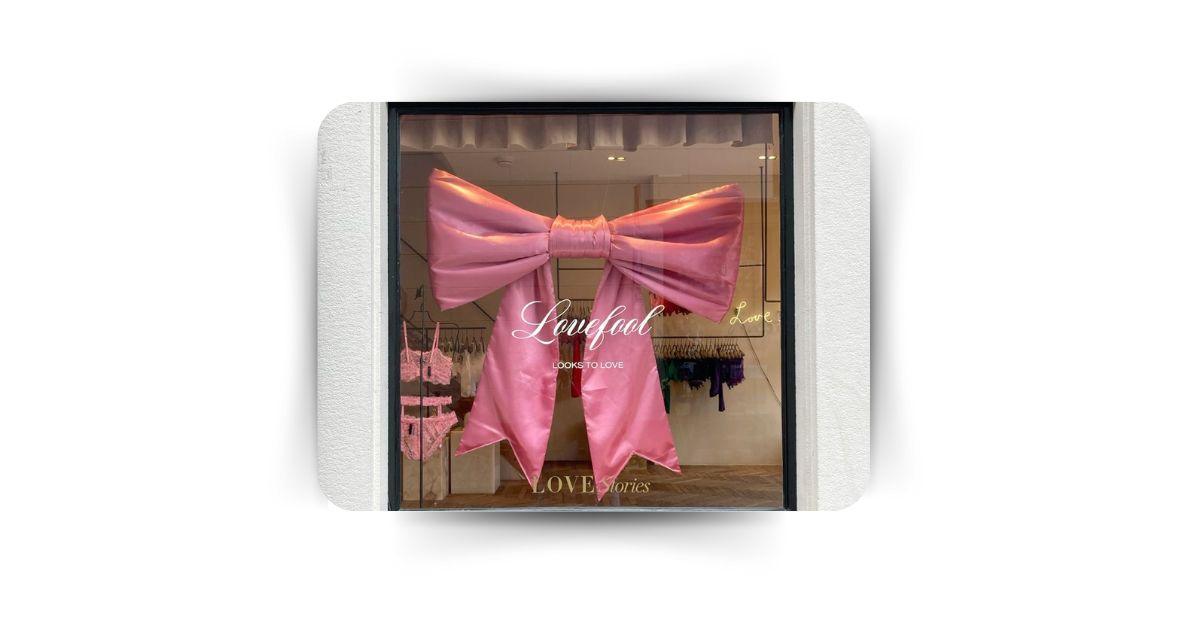Imagine sipping a perfectly brewed cappuccino, its foam etched with the iconic monogram of a luxury fashion house, surrounded by interiors that echo the elegance of a couture atelier. Welcome to the world of luxury designer cafes- a realm where coffee is served with a side of exclusivity, and every bite is a taste of high fashion. In a time where experience is the ultimate currency, these chic culinary havens have become the new frontiers of luxury branding, turning the simple act of grabbing a coffee into an indulgent escape into a designer’s world.
From Dior’s minimalist cafes in Seoul to Gucci’s opulent dining experiences in Florence, these spaces symbolize a modern shift in luxury. But why are these cafes flourishing, and what do they reveal about the changing nature of consumer desires?
Designer cafes are not mere add-ons; they are deliberate extensions of a brand’s identity. For a fashion house like Dior, known for its timeless elegance, its café offers a culinary experience that mirrors its philosophy of refinement. Similarly Gucci’s foray into the culinary world- complete with Michelin starred menus- reflects its bold and eclectic spirit. These cafes go beyond selling coffee or dessert; they sell a lifestyle, creating spaces where customers can momentarily step into The Allure of Accessible Luxury
While haute couture garments or luxury handbags may remain unattainable for many, a latte or pasty at a designer café offers a taste of exclusivity at fraction of the cost. For younger audiences- particularly Millennials and Gen Z- this entry point into the world of luxury is both aspirational and accessible.
Café Culture Meets Luxury
Globally, café culture has become synonymous with sophistication and leisure. From cosmopolitan hubs like Tokyo and Paris to emerging markets, coffeehouses have transformed into spaces for connection, creativity, and relaxation. Luxury brands are tapping into this cultural phenomenon by offering cafes that are not just venues, but destinations.
Where Culinary Art Meets Branding
The rise of luxury designer cafes is also a testament to the power of culinary artistry in branding. Just as a fashion collection tells a story, so too does the menu of a designer café. Take, for instance, the delicate confections at Dior’s cafes where each macaron is a visual and gastronomic masterpiece. Or the artisanal coffee blends at Ralph Lauren’s Ralph‘s Coffee, where even a simple cup of espresso feels like a celebration of craftsmanship.
These cafes blur the lines between food and fashion, elevating everyday rituals into moments of indulgence. Whether it’s the interiors inspired by couture ateliers or the se of brand logos on desserts, every element reinforces the band’s identity while offering patrons something tangible to savor.
A Global Phenomenon
Luxury designer cafes are not confined to specific region- they are a global phenomenon shaped by local cultures. In Japan, for example, the focus tilts towards traditional flavors like matcha or yuzu, blending global luxury with regional authenticity. Meanwhile, in Italy, the emphasis is on artisanal espresso and fine dining experiences that align with the country’s deep culinary heritage. This localization ensures that designer cafes remain relevant across diverse markets while still embodying the universal appeal of the parent brands.
Challenges of Serving Luxury
While luxury designer cafes exude elegance and sophistication, they are not without their challenges. One of the most pressing issues is the demand for sustainability. Modern consumers, particularly younger generations, increasingly prioritize ethical and eco- friendly practices, expecting luxury brands to uphold these values. From sourcing ingredients to reducing waste, designer cafes must align with the avant garde expectations without compromising the exclusivity and premium experience they promise. Additionally, the growing popularity of these cafes presents another hurdle, maintaining the aura of exclusivity. Over commercialization risks transforming these spaces into mere tourist attractions, diluting the luxury appeal that defines them. Added to this, are the high expectations tied to a luxury brand’s reputation that pose a constant pressure. Patrons expect nothing short of perfection in every aspect, from the quality of food and service to the ambiance and overall experience. Any shortfall can tarnish the brand’s image, making consistency a critical, yet challenging, aspect of operating these ventures.
What’s Brewing Next?
Luxury designer cafes symbolize a fundamental shift in how brands connect with their audiences. These cafes are far more than places to eat and drink- they are immersive cultural experiences that blend art, fashion and gastronomy. As the trend matures its future promises even greater innovation. Collaborations with renowned chefs could elevate culinary offerings , while cutting- edge technologies like augmented reality or personalized digital menus could redefine how customers interact with the brands.
Ultimately, the fate of designer cafes lies in their potential to create memorable, aspirational experiences that resonate across generations. These spaces are more than just places to eat- they are destinations that offer a taste of exclusivity, innovation and elegance. As they continue to evolve, these cafes will not only redefine what it means to indulge but also shape the future of luxury, one sip at time.
Author Name: Aastha Kastiya
REFERENCES-
- Clara Ludmir, Why Fashion Retailers Are Opening Branded Cafes and Restaurants, FORBES (Apr. 25, 2024), https://www.forbes.com/sites/claraludmir/2024/04/25/why-fashion-retailers-are-opening-branded-cafs-and-restaurants/.
- Vogue Business. “Food is a tough business. So why are Dior, LVMH jumping in?” Vogue Business, 13 Dec. 2024, https://www.voguebusiness.com/consumers/food-is-a-tough-business-so-why-are-dior-lvmh-jumping-in.
- Future Commerce. “Sipping Status: Inside the Designer Café Phenomenon Redefining Luxury.” Future Commerce, 13 Dec. 2024, https://www.futurecommerce.com/posts/insiders-182-sipping-status-inside-the-designer-cafe-phenomenon-redefining-luxury.







